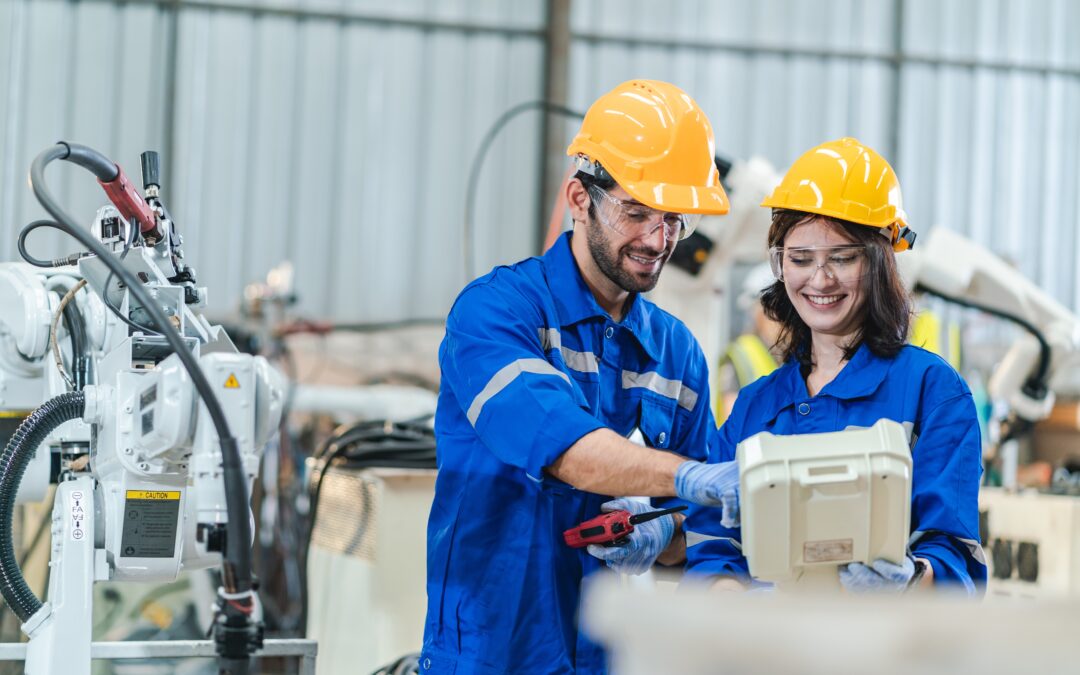Taxpayers investing in clean energy manufacturing, industrial decarbonization, or critical materials processing may benefit from the Section 48C Qualifying Advanced Energy Project Credit—a powerful federal incentive that can offset up to 30% of eligible project costs.
Originally introduced under the American Recovery and Reinvestment Act of 2009 and expanded by the Inflation Reduction Act (IRA), this credit supports infrastructure that advances the transition to a low-carbon economy. To claim the full 30% credit, projects must meet prevailing wage and apprenticeship requirements; otherwise, the credit is limited to 6%.
Funded by a $10 billion allocation under the IRA—with $4 billion specifically set aside for energy communities—Section 48C has already supported over 240 projects through two competitive application rounds, administered by the IRS and the Department of Energy (DOE).
While the original program allowed for the possibility of reallocating unused or withdrawn credits in future rounds, that opportunity was eliminated by the One Big Beautiful Bill Act (OBBBA), enacted on July 4, 2025. Under OBBBA, any project that fails to meet certification milestones or is not placed in service within two years of receiving an allocation letter will forfeit the award, which cannot be redistributed. Without additional appropriations from Congress, the pool of available funds may become depleted.
Although the credit itself remains in place, OBBBA introduced new restrictions that could affect eligibility. One key change is the prohibition on credit eligibility for projects involving material assistance from, or ownership ties to, specified foreign entities—including those in China, Russia, Iran, and North Korea. For companies with complex international structures, this may necessitate a more thorough review of ownership and financing arrangements to ensure compliance.
Projects eligible for the Section 48C credit must directly support the nation’s clean energy goals through advanced manufacturing, emissions reduction, or materials processing. These initiatives are essential to strengthening domestic supply chains, lowering industrial carbon output, and accelerating the transition to a low-carbon economy. Qualifying projects may include those that re-equip, expand, or establish an industrial or manufacturing facility to produce or recycle specified advanced energy property, as defined in IRS Notice 2023-18. Projects may also involve the installation of technologies that reduce greenhouse gas emissions by at least 20% within an existing industrial or manufacturing facility.
Additionally, the credit supports projects that re-equip, expand, or establish facilities to process, refine, or recycle critical materials essential to the clean energy supply chain. However, projects that produce property used in the refining or blending of non-renewable transportation fuels are excluded. To apply, project developers must use the DOE’s 48C Portal and meet strict eligibility criteria, including location-based requirements such as being sited in Energy Community Census Tracts.
Many IRA provisions continue to apply. Projects that meet domestic content thresholds or are located in qualifying energy communities may be eligible for bonus credits. Additionally, elective pay and credit transferability remain available options for monetizing the benefit. However, these provisions are now subject to restrictions related to foreign ownership and investment.
Manufacturers considering the 48C should also be aware of how it interacts with Section 45X, the Advanced Manufacturing Production Credit. OBBBA phases out certain 45X components, such as wind turbines, after 2027. It also prohibits claiming both credits for the same property placed in service after August 16, 2022. Careful planning is essential to avoid disqualifying overlaps.
As the regulatory environment becomes increasingly complex and timelines become shorter, taxpayers should act now to ensure compliance and secure available benefits. Meeting labor requirements, hitting project milestones, and verifying ownership structures are all critical steps in protecting the credit. Contact your Stephano Slack tax manager or partner at 610-687-1600 or email taxinfo@StephanoSlack.com to see if your project qualifies.
Author Robert Radzinski, CPA, manager, oversees tax compliance for businesses and high-net-worth individuals. Rob can be contacted at 610-687-1600 or rradzinski@stephanoslack.com.
Disclaimer: This content is for informational purposes only and doesn’t constitute professional advice.



Recent Comments